Do you know the correct way to visit Ise Shrine? A guide to a comfortable trip to Ise Shrine by boat and taxi!

Ise Grand Shrine, which is said to be a place where you should visit Ise at least once in your lifetime, is a sacred place where the gods reside, rich in nature, and values and culture that have been cherished by the Japanese people since ancient times. This article provides a thorough explanation of the history of Ise Grand Shrine, as well as its highlights, gourmet food, and access.
Visit Ise Shrine at least once in your life

As the saying goes, "visit Ise Shrine at least once in your lifetime," a visit to Ise Shrine is a very special experience.
It is the center of Japanese Shintoism, and is a sacred place where Amaterasu Omikami is enshrined in the Inner Shrine and Toyouke Omikami is enshrined in the Outer Shrine. The place is enveloped in a sacred atmosphere that only those who have actually visited can understand, and you can spend a tranquil time away from the hustle and bustle of everyday life.
The appeal of Ise Shrine lies in its deep history and culture. The shrine's architectural style, religious ceremonies, and the spirituality embodied therein convey the values that Japanese people have cherished since ancient times, and the rich nature and food culture nurtured in Ise are also major attractions of a pilgrimage to Ise.
Before or after your visit, you can enjoy the local cuisine at Okage Yokocho and take in the beautiful scenery of Ise-Shima to rejuvenate both your body and mind. A pilgrimage to Ise is not just about visiting a shrine; it is a one-of-a-kind place where you can experience the charms of Japan's spiritual culture, history, nature, and food, and it is a place that people say you should visit at least once in your lifetime.
My spiritual home, Ise Shrine
Ise Grand Shrine is said to be the spiritual home of Japan. It is made up of 125 shrines, centered around the aforementioned Inner Shrine (Naiku) and Outer Shrine (Geku), and the shrine buildings are rebuilt every 20 years.
It is said to be a ritual called "Shikinen Sengu" in which the god is moved to a new shrine building, and the wood from the old shrine building is reused.
Food culture nurtured by customs
You should definitely try the gourmet food that is unique to Ise, such as Ise udon and spiny lobster. In fact, there is a good reason why the Ise name is used in the name of the dish. For example, if you trace the origins of Ise udon, you will understand the reason.
It is said that Ise udon originally began as a dish served to entertain visitors to Ise Shrine, and that it developed into the Ise udon we know today as it was intended to have a flavor and texture that was gentle on the stomach and palate of visitors.
Make your visit to Ise Shrine smooth with a boat and private taxi!
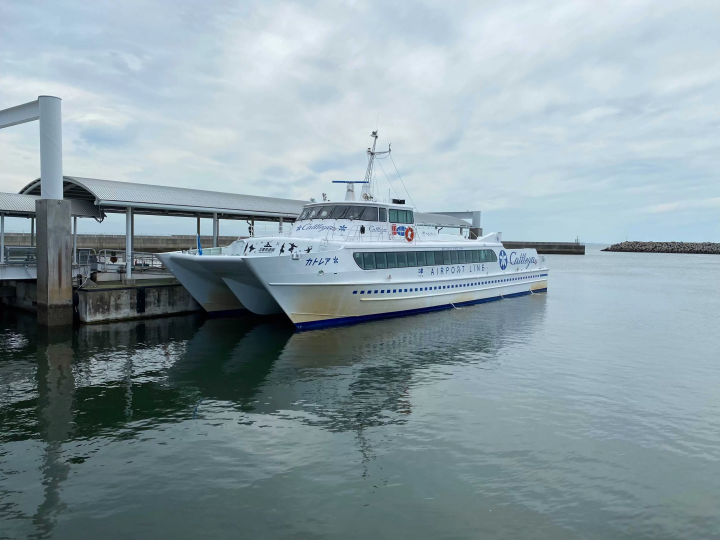
A comfortable boat trip to Ise Shrine
Tsu Airport Line's high-speed ferry is equipped with the latest facilities, and its key feature is minimal rocking.
The boat is easy to navigate even for people who tend to get seasick, and all facilities are kept clean, so you are sure to be able to relax in a comfortable onboard space.
Additionally, the cabin amenities include free Wi-Fi and spacious seats.
Compared to regular land travel, the time and fare are about half.
After arriving at Tsu Nagisamachi, a shuttle taxi will take you to Ise Jingu Shrine. It takes almost half the time and cost compared to regular car or private train travel, and there are many other great points for tourists.
Since the taxi is chartered exclusively for you, you can enjoy the scenery on your way to Ise.
The correct way to visit Ise Shrine
Visiting Ise Shrine will be a deeper and more sacred experience if you follow the ancient customs. Here we will introduce the general route and recommended way to visit the shrine.
Visit to Geku
At Ise Shrine, it is customary to first visit the Outer Shrine, then the Inner Shrine.
At the Geku, Toyouke no Omikami, the god of food, clothing and shelter, is enshrined, and the correct order is to visit the main shrine of the Geku, then the auxiliary shrines. In theory, you should walk on the left side of the road at the Geku.
Below are the procedures for worship.
- Cleanse your body and mind at the Chozuya (purification fountain).
- When praying, you should follow the procedure of two bows, two claps, and one bow.
- Let's quietly express our gratitude for each other.
Visit to the Inner Shrine
In the Inner Shrine, Amaterasu Omikami, the ancestor of the Imperial family, is enshrined. Come and pay your respects in this solemn atmosphere, offering your daily thanks and prayers.
The correct order is to visit the main shrine of the Inner Shrine, then the auxiliary shrines. Unlike the Outer Shrine, it is customary to walk on the right side of the road at the Inner Shrine.
Why is there a difference between driving on the left and driving on the right?
The reason for this is unclear, but it is thought to be a sign of modesty on the part of worshippers who approach the altar from the outside of the approach.
It is thought that this is also because the washrooms where people purify themselves before worship are on the right side at the Inner Shrine and the left side at the Outer Shrine, and while cars overseas are left-hand drive, in Japan they are right-hand drive. As you can see, there are various interpretations for the difference between right and left, so it might be interesting to ponder these questions as you worship.
Recommended gourmet food in Okage Yokocho
Okage Yokocho, a town in front of Ise Shrine that attracts many tourists, is full of hidden Ise gourmet foods.
Here we introduce three restaurants that serve such recommended Ise gourmet food.
Akafuku Main Store: Akafuku Mochi
It goes without saying that this is a specialty of Ise. The perfect balance of soft mochi and the refined sweetness of the smooth bean paste has attracted many people. At the main store, you can enjoy freshly made, warm Akafuku mochi, and in the winter, the set with tea is exceptional.
In addition, the name is derived from the phrase "sekishin keifuku" (true heart and happiness), which is said to convey the meaning of "rejoicing in your own and others' happiness with an honest and sincere heart like a baby."
It's popular as a souvenir, but we recommend trying it freshly made in the store.
Butasute: Croquettes
This long-established butcher shop was founded in 1909 and is extremely popular as a foodie spot to eat while walking around Okage Yokocho.
The croquettes, which were sold as a prepared dish at a butcher shop that has been loved by locals for many years, became a local specialty after they were offered as takeout at Okage Yokocho, and their taste became so popular.
Made with a generous amount of minced Japanese Black Beef, the croquettes lock in the flavor and are crispy on the outside and soft and fluffy on the inside, with the sweetness of the potatoes and the flavor of the beef matching perfectly.
Sushikyu: Hand-kneaded sushi
Sushikyu's hand-kneaded sushi is a type of local dish that has long been loved by fishermen in the Ise-Shima region. Its origins date back to when fishermen would soak freshly caught bonito in soy sauce on board their boats and mix it with vinegared rice by hand.
At Sushikyu, they serve this traditional hand-kneaded sushi using fresh bonito and locally grown koshihikari rice. The thick bonito meat is marinated in a secret soy sauce sauce, giving it a melt-in-the-mouth texture and rich flavor.
Access to Ise (Centrair Port to Ise Shrine)
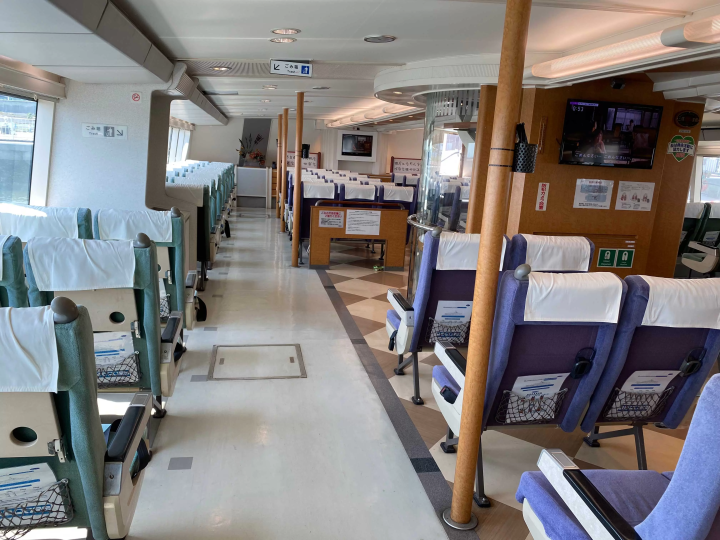
Arrives in as little as 105 minutes!
After arriving at Chubu Centrair International Airport, take a high-speed ferry to Nagisamachi.
From Nagisamachi, you will travel by taxi. You can choose from two types of vehicles depending on the number of passengers and the space required: a sedan type (up to 4 people) and a jumbo type (up to 9 people).
How to make a reservation
You can easily make a reservation on the official website of the Tsu Airport Line. You can also make a reservation by phone or fax. Below are the one-way fare details.
- Adults (junior high school students and above): 2,980 yen
- Children: 1,490 yen
Other fare plans are also available for tickets and school and work commuter passes, so please see the official Tsu Airport Line website for details.
*Cash, credit card, and travel agency coupons are accepted. Fare payment is to be made on the day of boarding.
*Only online reservations can be paid by credit card at the time of booking (for those with discounts and one-day round trip tickets, online reservations can only be paid on the day)
Experience the extraordinary by enjoying the scenery while visiting Ise Shrine!
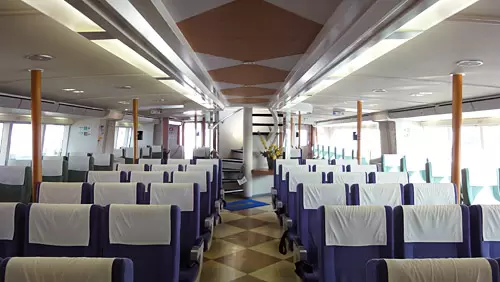
What did you think?
Ise Shrine, which is rooted in Japan's fine traditions, is now a great spot that attracts attention not only from Japanese people but also from countries around the world.
For those who have not yet visited Ise Grand Shrine, or those considering a trip to Mie Prefecture, we recommend that you enjoy a wonderful tour of Ise with a comfortable boat trip + taxi set plan.
The Tsu Airport Line operates high-speed boat that connect Mie Prefecture's airport access port (Tsunagisamachi) and Chubu Centrair International Airport (Centrair) in the shortest possible time. The route is a 45-minute boat trip that takes a shortcut through Ise Bay, making it faster and cheaper to travel than a train trip where you transfer to a limited express train at Nagoya Station.
The contents on this page may partially contain automatic translation.





![[Japanese cultural experience at Tsukiyomi-no-za] Experience wearing the traditional and formal kimono, Junihitoe ♪](https://resources.matcha-jp.com/resize/720x2000/2024/08/17-193016.webp)



![[SHIMAKAZE: A Train You Should Ride at Least Once] We recommend the SHIMAKAZE, which can take you to the seaside resort of Ise-Shima from Osaka, Kyoto, and Nagoya without transferring.](https://resources.matcha-jp.com/resize/720x2000/2025/06/09-235798.webp)















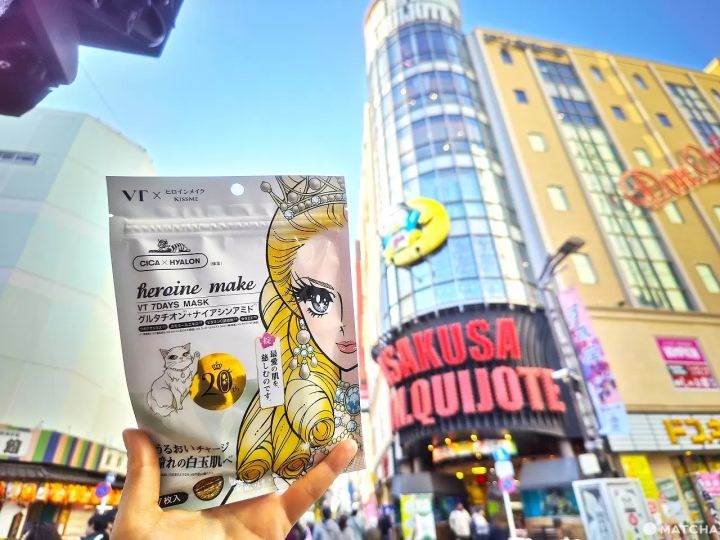

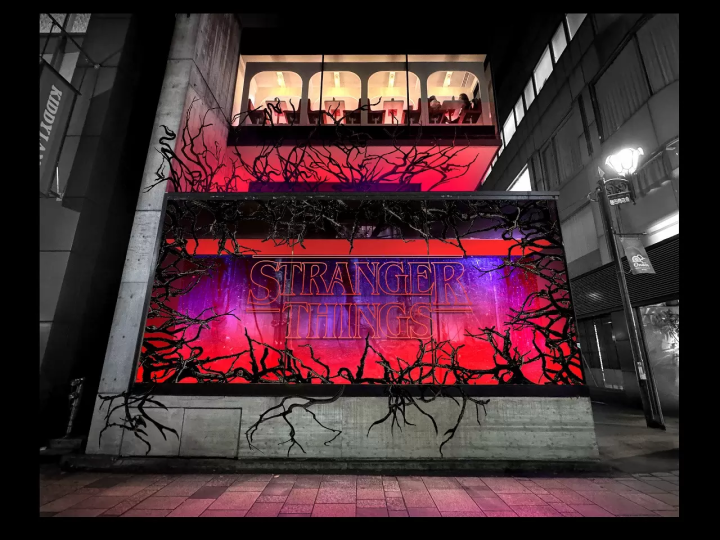
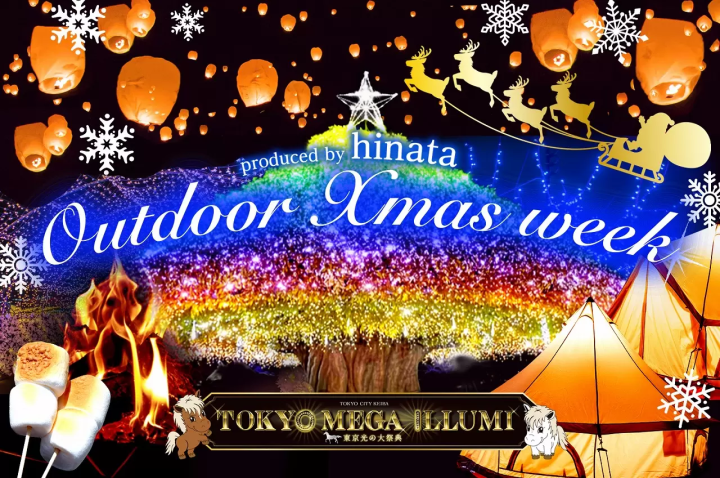
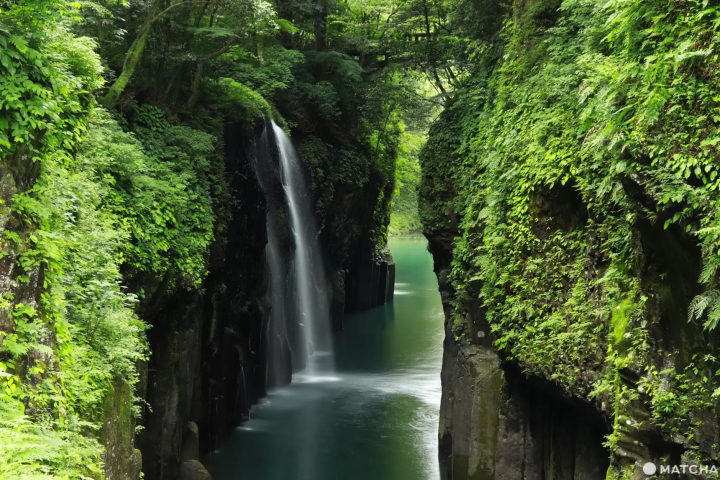





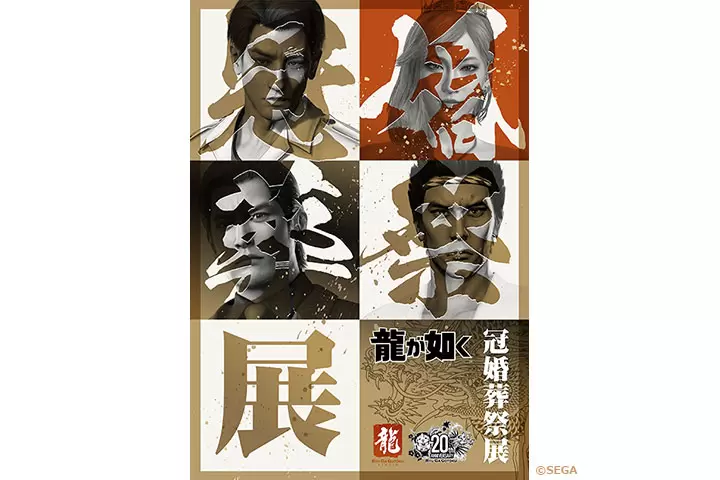
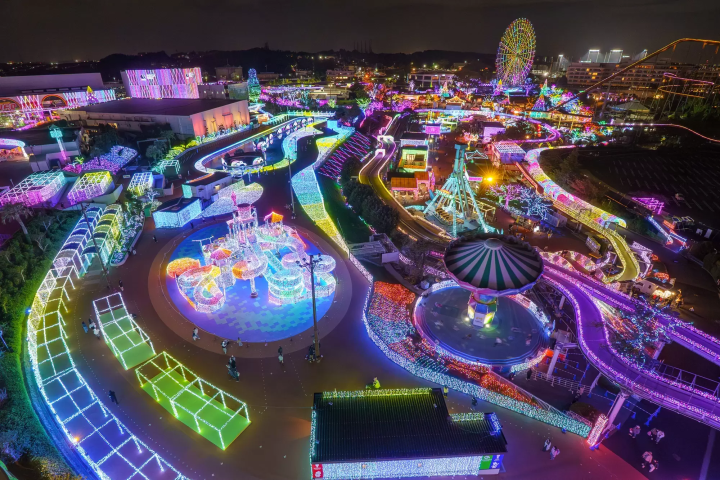
![[Coupon Available] Recommended Fall/Winter Wear from Scandinavian Brand "Helly Hansen"](https://resources.matcha-jp.com/resize/720x2000/2025/12/15-252920.webp)
![Deep dive into Japanese brands! A tour of famous leather shoe stores with GENSEI & Nin [Otsuka Shoes Edition]](https://resources.matcha-jp.com/resize/720x2000/2025/12/15-252972.webp)